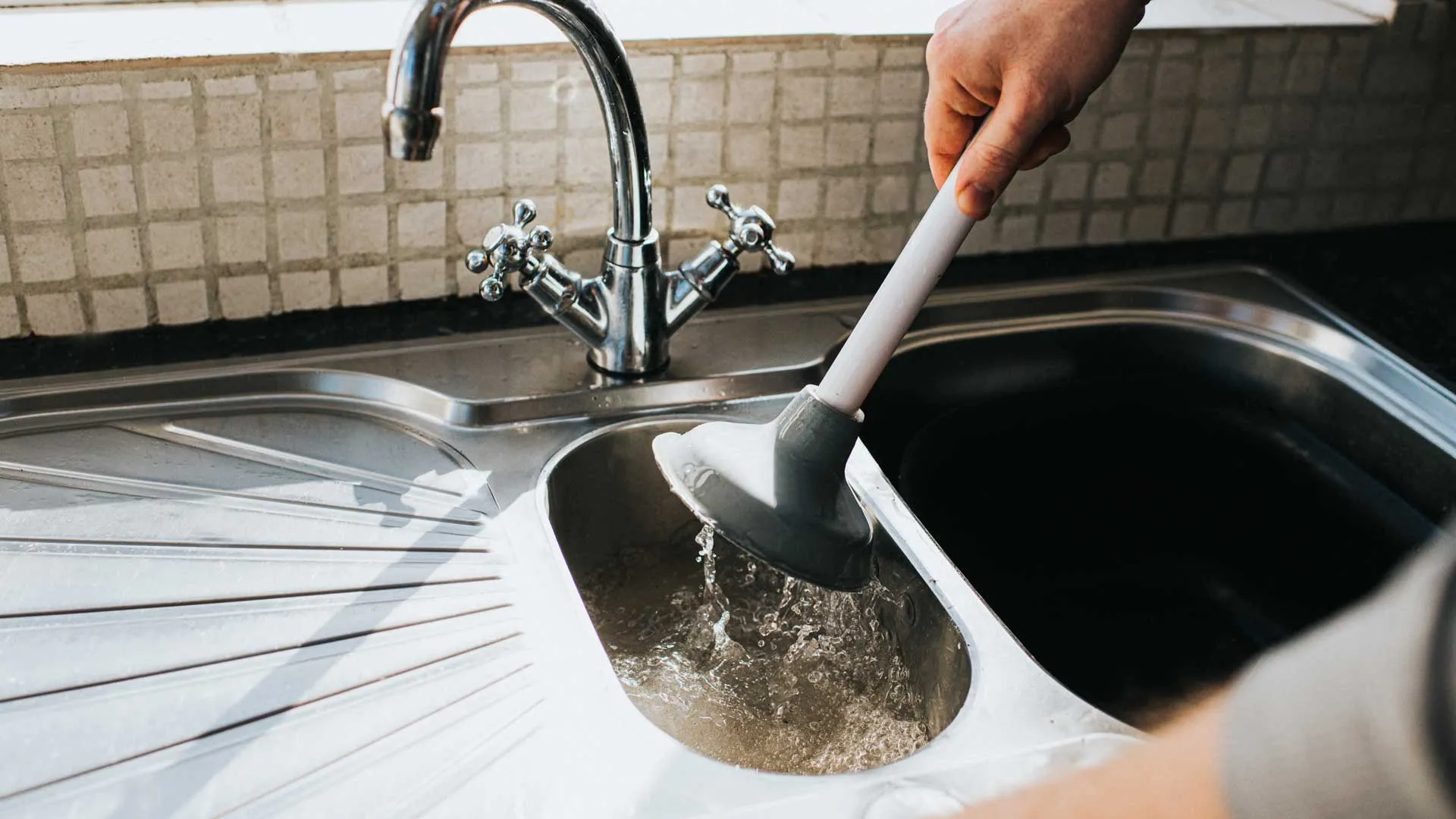Introduction
Sinks, tubs, and drains are essential fixtures in any home, but they can often encounter frustrating problems that disrupt daily routines. From a clogged sink to a slow-draining tub or foul odors emanating from drains, these issues can be both inconvenient and unsanitary. Fortunately, many of these common problems can be resolved with simple do-it-yourself (DIY) solutions using basic tools and household items.
Common Sink, Tub, and Drain Problems
Clogged Sink
One of the most frequent issues homeowners face is a clogged sink. This can occur due to a buildup of food particles, grease, hair, or other debris in the drain pipe, causing water to drain slowly or not at all.
Slow-Draining Tub
Similarly, a slow-draining tub is often caused by a buildup of hair, soap scum, or other residue in the drain. Over time, this accumulation restricts water flow, resulting in a bathtub that takes longer than usual to empty.
Foul Odors from Drains
Unpleasant odors emanating from drains are not only bothersome but can also indicate underlying issues such as organic material buildup or bacterial growth within the pipes.
Tools You’ll Need
Before attempting any DIY fixes, it’s essential to gather the necessary tools and materials. These may include a plunger, drain snake, baking soda, vinegar, hot water, and a drain auger, among others.
DIY Fixes for Sink Issues
Unclogging a Sink with a Plunger
A plunger is a handy tool for dislodging minor sink clogs. To use it effectively, place the plunger over the drain opening, ensuring a tight seal, and then plunge vigorously up and down several times to create pressure and dislodge the obstruction.
Using Baking Soda and Vinegar for Drain Cleaning
For a natural and chemical-free approach to clearing sink drains, try using a combination of baking soda and vinegar. Start by pouring a pot of boiling water down the drain to loosen any debris, then pour half a cup of baking soda followed by half a cup of vinegar. Cover the drain and let the mixture fizz for about 15 minutes before flushing it with hot water.
DIY Solutions for Tub Problems
Removing Hair Clogs with a Drain Snake
A drain snake, also known as a plumber’s snake or auger, is a flexible tool designed to reach deep into drains to remove clogs. Insert the snake into the drain and rotate it clockwise while pushing forward until you encounter resistance. Continue rotating and pushing until the snake breaks through the clog, then pull it out along with the trapped debris.
Clearing Soap Scum Buildup
Soap scum can accumulate on tub surfaces and within drain pipes, leading to slow drainage. To remove soap scum buildup, mix equal parts of vinegar and water in a spray bottle and generously spray the affected areas. Allow the solution to sit for a few minutes before scrubbing with a brush or sponge, then rinse thoroughly with water.
Addressing Drain Troubles
Flushing Drains with Hot Water and Baking Soda
Regularly flushing drains with a mixture of hot water and baking soda can help prevent clogs and eliminate foul odors. Simply pour a pot of boiling water down the drain followed by half a cup of baking soda, then let it sit for a few minutes before flushing with more hot water.
Utilizing a Drain Auger for Tough Clogs
For stubborn clogs that cannot be cleared with a plunger or drain snake, a drain auger can be a more effective solution. Insert the auger into the drain until it reaches the obstruction, then rotate the handle to break up the clog and pull it out.
Preventative Maintenance Tips
Regularly Cleaning Drains and Traps
Preventative maintenance is key to keeping sinks, tubs, and drains in good working condition. Make it a habit to clean drains and traps regularly to remove any buildup of hair, grease, or other debris.
Installing Drain Guards
To prevent hair and other debris from entering the drain and causing clogs, consider installing drain guards or screens. These inexpensive devices can be placed over the drain opening to catch hair and other particles before they enter the pipes.
When to Call a Professional
While many sink, tub, and drain problems can be resolved with DIY methods, there are instances where it’s best to seek the assistance of a professional plumber. If DIY efforts prove unsuccessful or if there are signs of more serious issues such as persistent clogs, foul odors, or slow drainage throughout the home, it’s advisable to contact a qualified plumber for thorough inspection and repair.
Conclusion
Maintaining functional sinks, tubs, and drains is essential for a comfortable and hygienic home environment. By understanding common problems and employing simple DIY fixes, homeowners can address issues promptly and prevent costly repairs down the line.
FAQs
- How often should I clean my drains and traps?
- It’s recommended to clean drains and traps at least once a month to prevent buildup and clogs.
- Can I use chemical drain cleaners to unclog sinks and tubs?
- While chemical drain cleaners can be effective, they may also damage pipes and harm the environment. It’s best to opt for natural alternatives whenever possible.
- What should I do if DIY methods don’t solve the problem?
- If DIY methods fail to resolve the issue or if there are signs of more serious plumbing problems, it’s advisable to contact a professional plumber for assistance.
- How can I prevent foul odors from drains?
- Regularly flushing drains with hot water and baking soda can help eliminate foul odors by removing organic material buildup and bacteria.
- Are there any preventative measures I can take to avoid clogs?
- Installing drain guards or screens can help prevent hair and other debris from entering the drain and causing clogs, reducing the need for frequent unclogging.



